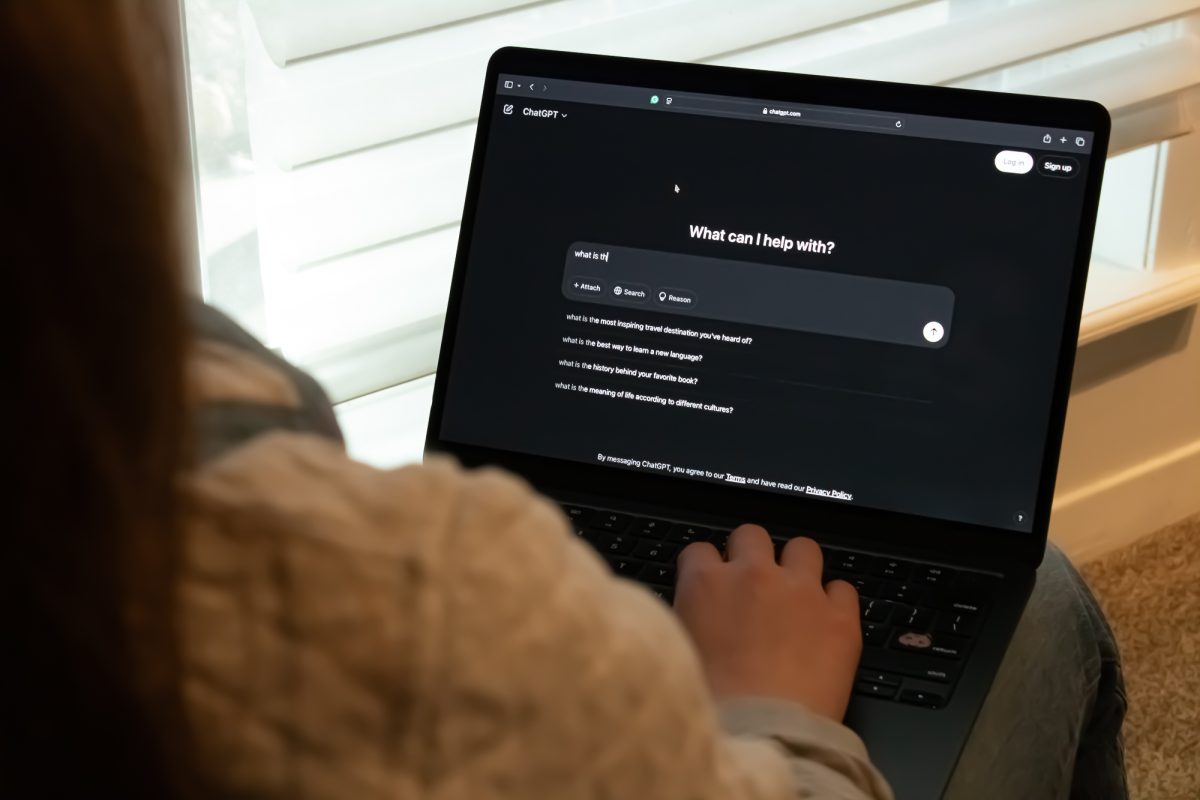Texas A&M conducts close to $1 billion dollars in research annually — a fact that helped draw the National Science Foundation’s director to the A&M campus this week in a first-of-its kind visit.
France Cordova, director of the National Science Foundation, toured A&M’s research facilities and spoke with students and researchers Monday and Tuesday. The visit highlighted the Dwight Look College of Engineering’s transition to a more hands-on learning policy, as Cordova spent much of her visit interacting with students involved in engineering entrepreneurship.
President Barack Obama swore in Cordova as NSF Director after U.S. Senate confirmation in March. Her visit marks the first time a sitting NSF Director has visited Texas A&M.
“I’m making visits to universities that are doing interesting NSF funded research, and finding out more about the research they are doing,” Cordova said in an exclusive interview with The Battalion Tuesday. “And also universities that have something different about them, that are trying to reach out and change education and research, and how they both work together to enhance each other.”
Cordova spent Monday evening interacting with students from several engineering entrepreneurship classes and organizations, including Startup Aggieland, AggiE-Challenge and Aggies Invent.
“I think [students] really do represent what the next generation is going to deliver,” Cordova said. “Their thinking is original and unadorned by too much experience, and they are really thinking about how they are going to change the world and what kind of impact they are going to have.”
She toured several campus facilities and visited A&M’s International Ocean Discovery Program — the university’s largest NSF-funded research award, valued at $55 million per year over a 10-contract. IODP is an international research collaboration that studies Earth’s history from rock samples taken beneath the ocean floor, according to a press release.
Cordova’s visit highlighted the Look College’s current transition period, as policy change spurred by a booming student population and growing national need for engineers seeks to make Texas A&M’s engineering education more hands-on.
Katherine Banks, vice chancellor and dean of the Look College, said she wanted to show Cordova the engineering education advancements underway throughout Texas A&M. Monday’s student interaction took place at the Engineering Innovation Center, a setting Banks said showcased Texas A&M’s shifting attitude towards engineering education.
“[It’s a] new way of thinking about education,” Banks said, referring to the EIC. “We’re trying to move away from the large auditoriums. We’ve seen data that students learn better in [these] environments, and she was quite impressed with that.”
Cordova said her visit comes at a changing time period for the state of Texas as well. She said Texas’ population growth leads to several questions for policymakers and educators, as generations to come must be properly introduced to science and engineering.
“Texas is one of three states in the Union which is growing the fastest in terms of its youth population, relatively speaking,” Cordova said. “There will be — 10, 20 years from now — many more young people than there are old people in the state. How will they view science and engineering? Will they consider it a way they can be on the frontier of making discoveries and enjoy the kinds of careers that lots of us today have? What does that mean for our country if we’re not on the innovation edge?”
Both Cordova and Banks emphasized the importance of original scientific research, and the role the NSF would play in its advancement at Texas A&M and throughout the nation. Cordova also stressed the role scientific research plays in product innovation, and said the public should not be impatient with science that seems to have no immediate value.
“One of the overarching goals [of the NSF] is to ensure that people continue to value research, particularly fundamental research, or what we call basic research,” Cordova said. “Although [basic research] sometimes takes a long time to realize the benefits, it is absolutely essential to innovation. You can’t have innovation without making discoveries, because without the discoveries there is nothing to translate into the marketplace and into benefiting humanity.”
Banks said the NSF affects campus in many ways.
“You talk to many of our faculty in engineering and science, and many of them, I’d say perhaps even the majority, would have some sort of funding at some point in their career from NSF,” Banks said.
Marilyn Martell, senior assistant vice chancellor for marketing and communications in engineering, said the NSF provided 33 percent of Texas A&M’s federal research expenditures in 2013.
The NSF is an independent federal agency tasked with supporting United States fundamental research and education throughout science and engineering. Its 2014 budget was $7.2 billion dollars.
Science foundation director visits campus
November 11, 2014

David Cohen — THE BATTALION
NSF Director France Cordova toured facilities and visited with students Monday and Tuesday.
0
Donate to The Battalion
$2790
$5000
Contributed
Our Goal
Your donation will support the student journalists of Texas A&M University - College Station. Your contribution will allow us to purchase equipment and cover our annual website hosting costs, in addition to paying freelance staffers for their work, travel costs for coverage and more!
More to Discover









